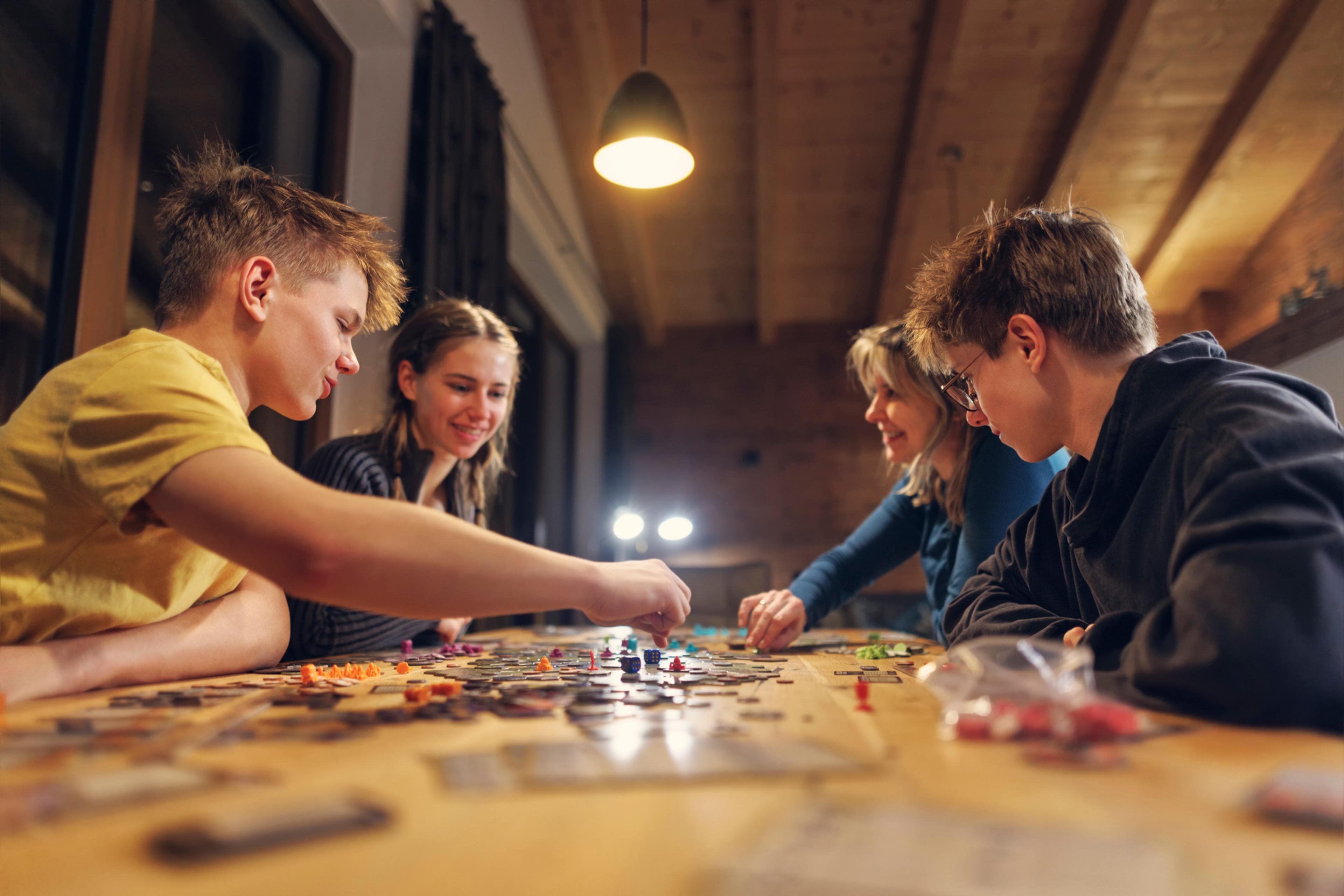What is Sharenting? The Risks and Dangers of Oversharing Online
Jake Newby
| 5 min read

It’s natural for parents to share posts about their children on social media, especially millennial parents who grew up in the digital age. Documenting the most important moments of our lives online is what we’ve done for decades, and what’s more important than our kids?
Some of our social media channels are filled with everything from major milestones – like our child’s first day of school or their first steps – to seemingly minor moments that mean a lot to us, like a day at the playground. This behavior is the norm in our culture, but oversharing carries serious risk. The term for this habit is “sharenting.”
What is sharenting?
Sharenting is the practice of parents, caregivers or relatives digitally oversharing information about their children to the public online, particularly outside of their family circle. This can include photos, videos, personal stories and other updates about a child’s life. Parents’ motives are almost always pure in these cases, but sharenting can unintentionally lead to consequences like:
- Compromising a child’s personal information, privacy and safety
- Jeopardizing their mental health
- Documenting moments that are used against them later in life
- Damaging their relationship with you
How can sharenting endanger children?
Posting photos and videos of your kids may seem harmless, but creating a huge digital footprint of your child’s life can come back to haunt them. With the prevalence of cyberbullying, it can be easy for teenagers to dig up old photos of their classmates to tease and bully them. Posts that paint them in an awkward or embarrassing light – for example, a video of a prank being played on them – can be mentally and socially harmful. This risk applies to older kids and teenagers, too. Parents should think twice about making a post that contains a story detailing a low moment in their child’s lives, such as a breakup or a run-in with police. In addition to the embarrassment it may cause them, you never know how certain posts can affect their future prospects, including their job search one day.
The psychological element of wiring a child’s brain to regularly pose for photos and seek external attention is another potential biproduct of sharenting. According to CNN Health, if children grow up feeling responsible to constantly pose for photos to attract attention from others, they could take away the message that they should seek external affirmation. A 2017 study linking time spent on social media apps like Facebook to a desire for approval and attention found external approval to be associated with anxiety and depressive symptoms.
According to the Cleveland Clinic, sharenting can also create a culture of secrecy in the home, in which kids withhold information from parents in fear of it being broadcasted on social media. This can damage trust and communication between parent and child.
Then there’s the possibility of making children vulnerable to potential child predators. Parents and caregivers may assume that social media privacy settings can limit a post’s audience, but this isn’t always the case, even if your profiles are private. Friends of yours may cross-share photos, plus schools and camps often post group photos of students without thinking of the potential risks. Once images are online, anyone who views them can save or screenshot them. Posting photos of your child in front of their school, for example, can inform strangers who access the image of where your child goes to school. You may see some parents try to protect against this by posting a family photo with an oversized emoji placed over their child’s face.
How to scale back sharenting habits
Here are a few tips to avoid sharenting, or to scale it back if you feel like your child’s digital footprint is too large.
- Make sure you understand the privacy settings of each social media app: Privacy settings differ from platform to platform. If you enjoy sharing lots of posts and photos of your children, it’s best to investigate the settings of each app you have a presence on, so you know what is and isn’t protected.
- Set boundaries with family and friends: As mentioned above, the adults you are close with may share photos and information of your children. You should have a conversation with them if they have a penchant for oversharing, because even if they mean no harm, their social media posts carry risk that can affect your family. Be specific about what you deem acceptable and unacceptable to share.
- Consider deleting old posts: Part of why parents love sharing photos online is the digital documentation; our social media channels are the modern-day versions of the physical photos and picture books our parents and older generations kept. But it may be a good idea to delete posts that could pose problems for your child in the future. You can, of course, keep them on your personal camera roll or have them blown up and printed out. Not every post needs to live online.
- Communicate with your kids: Once your children reach a certain age, consider getting their consent before posting photos or information about them online, or whether they would like certain posts to be private. These conversations can also spark chats about online safety and how they can manage their own social media profiles when they get older.
Keep reading:
Photo credit: Getty Images





